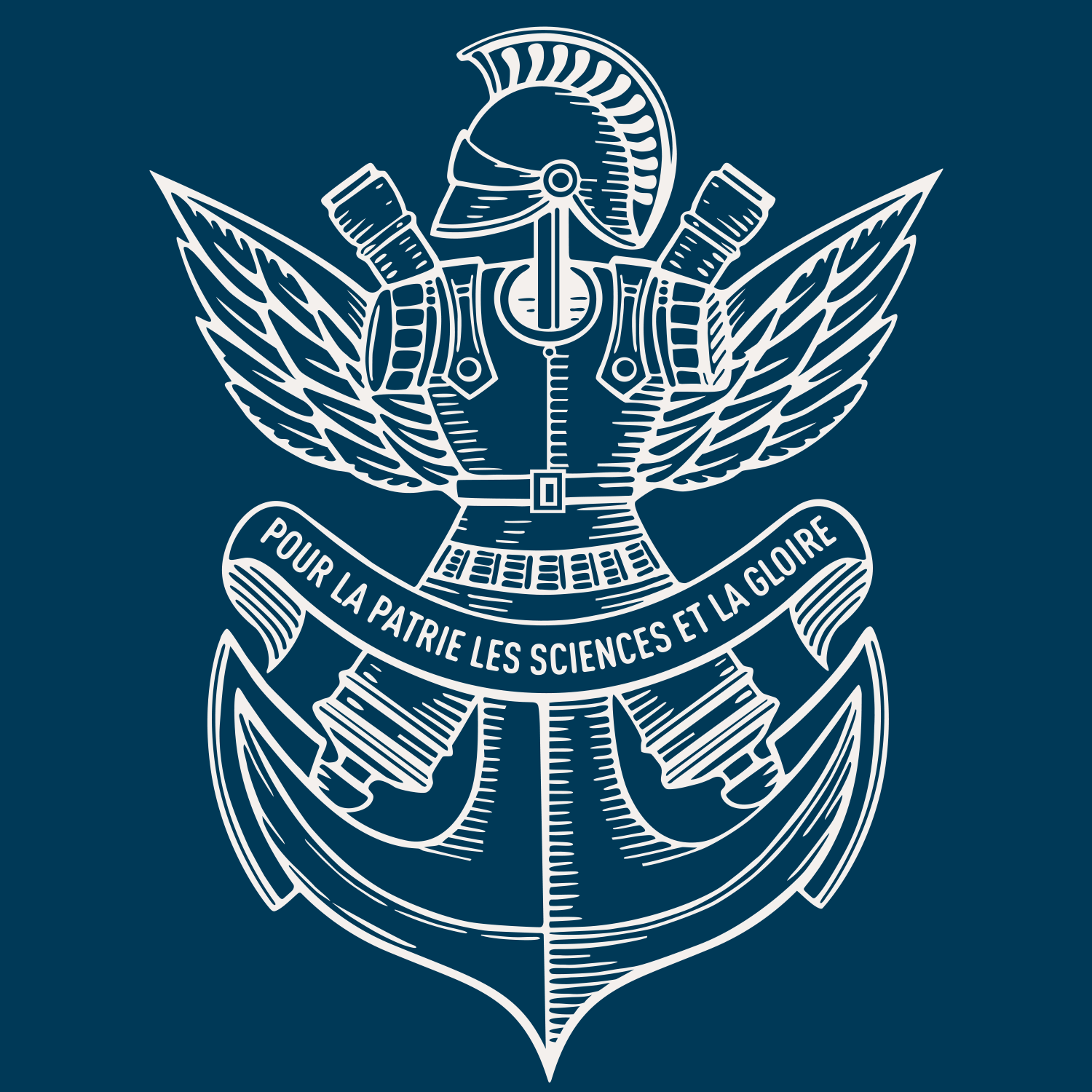Atomic and electronic properties of quasi-one-dimensional MoS2 nanowires
Résumé
The structural, electronic, and magnetic properties of quasi-one-dimensional MoS2nanowires (NWs), passivated by extra sulfur, have been determined using ab initio density functional theory. The nanostructures were simulated using several different models based on experimental electron microscopy images and theoretical literature. It is found that independently of the geometrical details and the coverage of extra sulfur at the Mo edge, quasi-one-dimensional metallic states are predominant in all the low-energy model structures despite their reduced dimensionality. These metallic states are localized mainly at the edges. However, the electronic and magnetic character of the NWs does not depend only on the S saturation but also on the symmetry configuration of the S edge atoms. Our results show that for the same S saturation, the magnetization can be decreased by increasing the pairing of the S and Mo edge atoms. In spite of the observed pairing of S dimers at the Mo edge, the NWs do not experience a Peierls-like metal–insulator transition.

